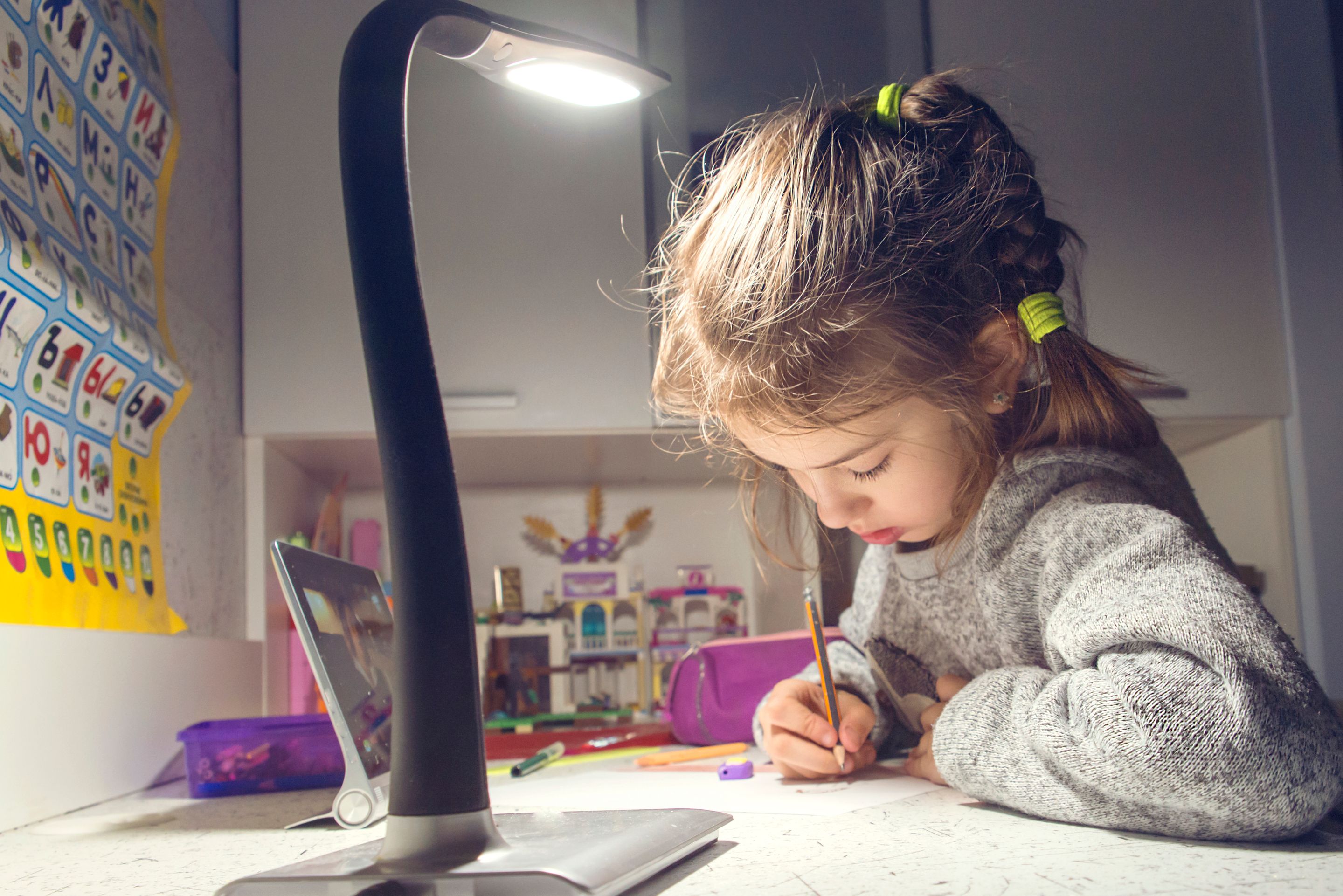
When teachers asked their young male and female students to draw a scientist in the 1960s, over 99% of their drawings depicted male scientists. Nearly 50 years later, that number has drastically decreased. Thanks to increased research and changes made in the classroom to address gender equality, approximately 58% of students draw female scientists today.
The article below examines these national studies and offers insights and suggestions for teachers who hope to improve gender equality in their classrooms. Dr. Julia McMillan, a Willa Cather Professor and Sociology Department Chair at the University of Nebraska-Lincoln, offers commentary on these solutions. Her research on social inequality emphasizes changing structures and practices to increase equity and wellbeing.
“Teachers can do many powerful things to help youth question assumptions about gender associations,” McMillan said.
McQuillan offers her own suggestions and encourages teachers to avoid wording that places men in “competent” positions and women in “incompetent” positions.
“Don’t anthropomorphize body parts, and don’t assume that what is male-dominated is better or more valuable,” McMillan said. “Tell the histories of computer programmers (originally women) and secretaries (originally men.) There are many more!”
Read Terada's article here: https://www.edutopia.org/article/50-years-children-drawing-scientists